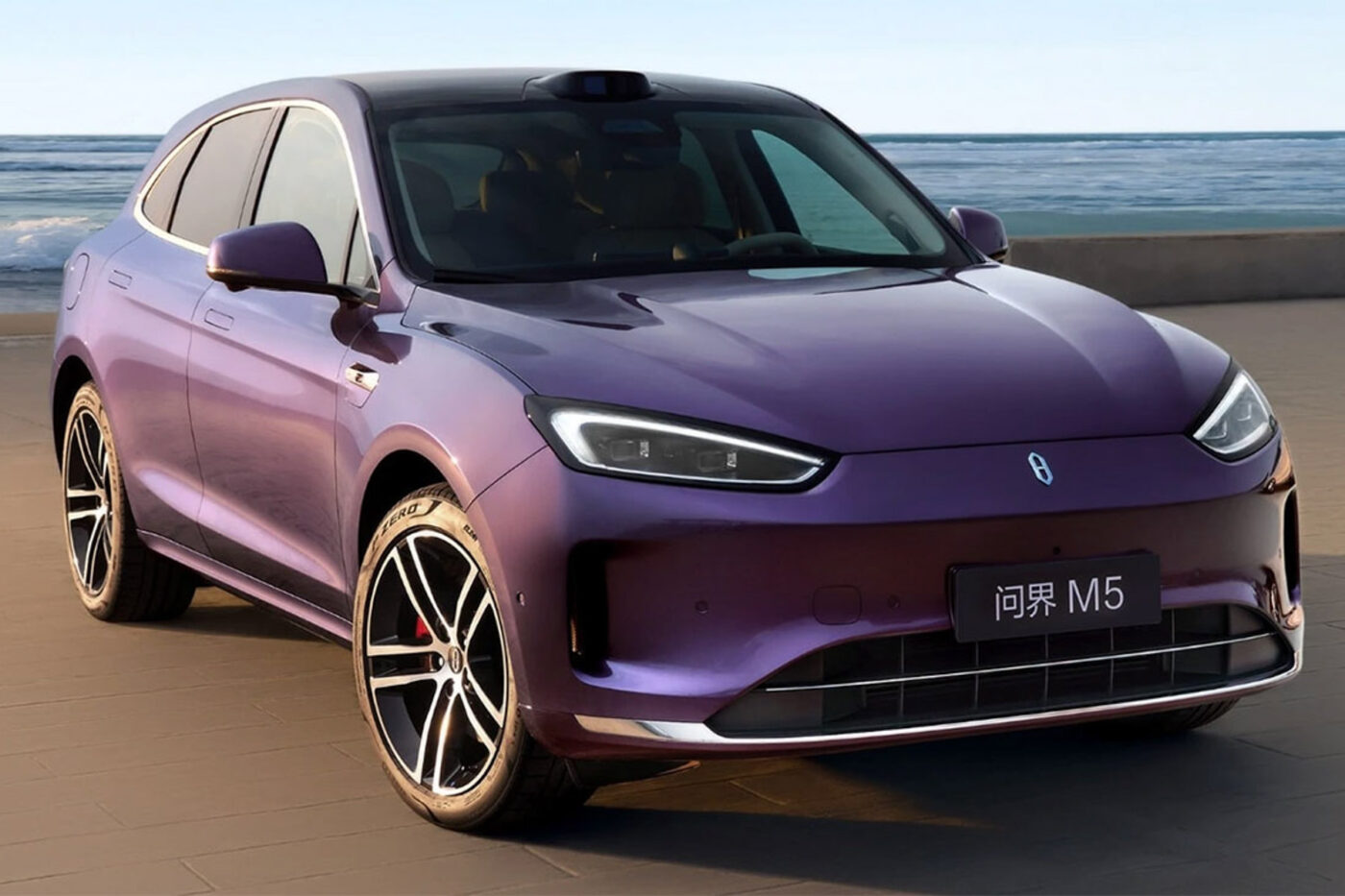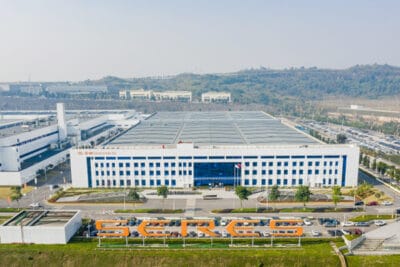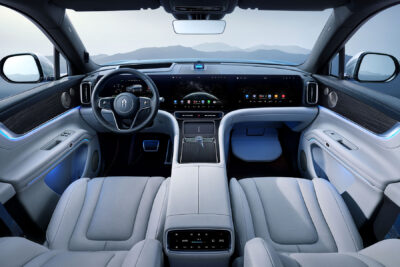Aito revises the M5 and M9
Let’s first look at the M5 Ultra: its ‘predecessor’ launched in September 2022. Aito speaks of the ‘new’ M5 Ultra, but the visual similarity between the two models is striking – the M5 Ultra is more of a facelift than a new model.
The choice of drivetrains also remains the same, but prices have been reduced by 20,000 yuan (2,545 euros). The M5 Ultra is available as a BEV with rear-wheel drive (83 kWh large LFP battery with 200 kW motor for 602 kilometres of CLTC range). At 239,800 yuan (30,520 euros), that makes it the mid-range version in terms of price. The EREV model with rear-wheel drive is a little cheaper at 229,800 yuan (29,250 euros), while the EREV variant with all-wheel drive is the most expensive version of the M5 Ultra at 249,800 yuan. That is the equivalent of around 31,795 euros. The M5 Ultra EREV has a 42 kWh battery for an electric range of 255 or 230 kilometres and an additional combustion engine on board as a generator (again, according to CLTC).
Aito says the M5 Ultra, which will be delivered from 3 April, has been improved in five areas: the exterior, the interior, handling, safety and intelligent driving. Even the base version of the M5 Ultra is equipped with a 192-channel lidar and also has several radar sensors. With these improved features and lower prices, Aito hopes to score points in a competitive environment – at 4.78 metres long, the M5 Ultra falls into the mid-size SUV class, where countless models compete for buyers in China. However, the M5 Ultra is the smallest model in Aito’s portfolio.
The 5.23-metre-long M9 SUV model is currently the largest Aito on the market and has also been revised – but without the ‘Ultra’ in the name. As the premium model, the M9 comes with more options for customisation, which is why the model is offered in seven variants. These are priced between 469,800 and 569,800 yuan, i.e. between 59,795 and 72,525 euros. Thus, the prices have not changed compared to the pre-facelift model.
What is new, however, is that instead of one, four lidar units are now installed – in addition to the previous front lidar, there is now also a sensor at the rear and one on each side of the vehicle. The revised Aito M9 uses Huawei’s Qiankun ADS 3.3 system for automated driving, and the plan is to switch to the ADS 4 version in the third quarter. According to Huawei, the additional lidar sensors are designed to help the vehicle detect low obstacles and objects that would not be detected by lidar mounted on the roof.
The M9 BEV has a 100 kWh battery and, depending on the drive (160 kW front motor, optionally with an additional 230 kW motor on the rear axle), it can cover between 605 and 630 kilometres in the Chinese test cycle. The EREV variants have a 52 kWh battery for an electric range of 266 kilometres. The front engine delivers 165 kW, and the optional rear engine for all-wheel drive adds another 200 kW. With the combustion engine/generator system, a combined range of up to 1,474 kilometres is possible.
cnevpost.com (M5 Ultra), cnevpost.com (M9)





0 Comments